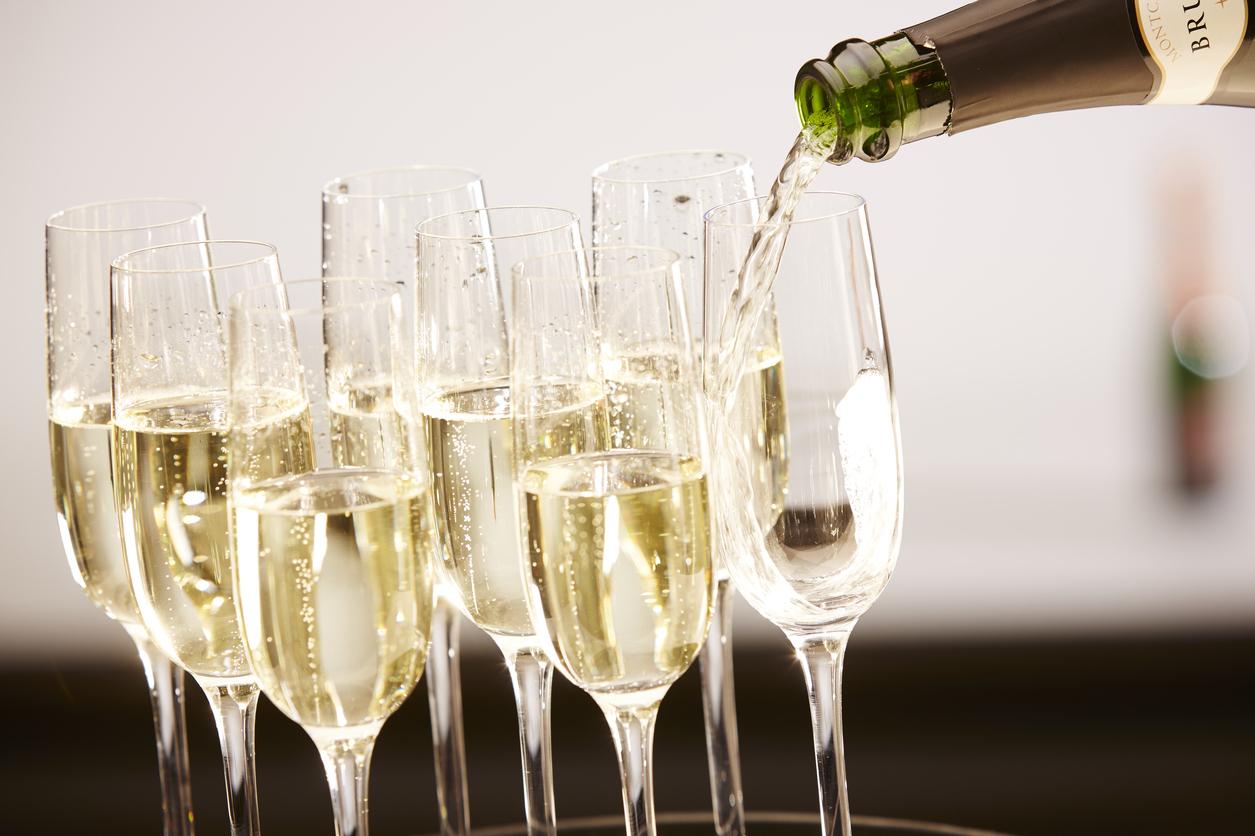How to choose a good champagne
Doux, brut coup, flute...the world of champagne is simply fizzing with possibilities

Your support helps us to tell the story
From reproductive rights to climate change to Big Tech, The Independent is on the ground when the story is developing. Whether it's investigating the financials of Elon Musk's pro-Trump PAC or producing our latest documentary, 'The A Word', which shines a light on the American women fighting for reproductive rights, we know how important it is to parse out the facts from the messaging.
At such a critical moment in US history, we need reporters on the ground. Your donation allows us to keep sending journalists to speak to both sides of the story.
The Independent is trusted by Americans across the entire political spectrum. And unlike many other quality news outlets, we choose not to lock Americans out of our reporting and analysis with paywalls. We believe quality journalism should be available to everyone, paid for by those who can afford it.
Your support makes all the difference.“Come quickly, I am tasting the stars!”
That’s what Dom Pérignon reportedly said when he invented champagne and tasted it for the first time. And few would deny that champagne is one of life’s greatest pleasures.
But as much as we may enjoy a glass or three to a make a special occasion that little bit more memorable, few of us would call ourselves champagne experts.
So we decided to speak to a real expert to find out all we need to know.
What are the different types?
Just like normal wine, you get sweeter and drier champagnes. “Champagne is a dry wine,” Daniel Brennan from Laurent-Perrier told The Independent.
“It does have a degree of residual sugar in it from the grapes, however, in order to get a nice finesse between the acidity and the sugar levels (residual sugar) a dosage is added. Demi sec has the highest amount of residual sugar [of commonly available champagnes].”
The most common champagne is brut, which is also one of the driest.
This is how champagne types vary in sweetness, from driest to sweetest: extra/ultra brut, brut, extra sec, sec, demi-sec, doux.
What should you look for in a champagne?
“Really what you should look for is the appearance,” Brennan says - notice the colour of the champagne and size and finesse of the bubbles.
Younger champagnes will be lighter, older ones will be darker.
“The smaller the bubbles, the better the champagne, and you get a nice smooth consistency which means it’s smoother on the palette as you drink it and a more pleasant experience,” Brennan explains.
He says it’s also worth looking at the mousse on top of the champagne when it’s poured - you should see a fine layer of bubbles.
But as Brennan points out, it’s really all down to your personal preference.
How should you serve champagne?
From long flutes and tulip glasses to coupes and Gatsby-style saucers, there are many stylish ways to serve champagne, but which actually makes it taste best?
According to Brennan, the answer is a tulip glass with “enough space for the aromas but not so much that you lose all the bubbles.”
A coupe glass, he explains, means a lot of the bubbles are lost.
It’s essential to chill the bottle for an hour minimum so the champagne is served at six to eight degrees.
When opening, twist the bottle, not the cork, at a 45 degree angle, and tilt the glass to stop the mousse rising.
Cheers!
Join our commenting forum
Join thought-provoking conversations, follow other Independent readers and see their replies
Comments